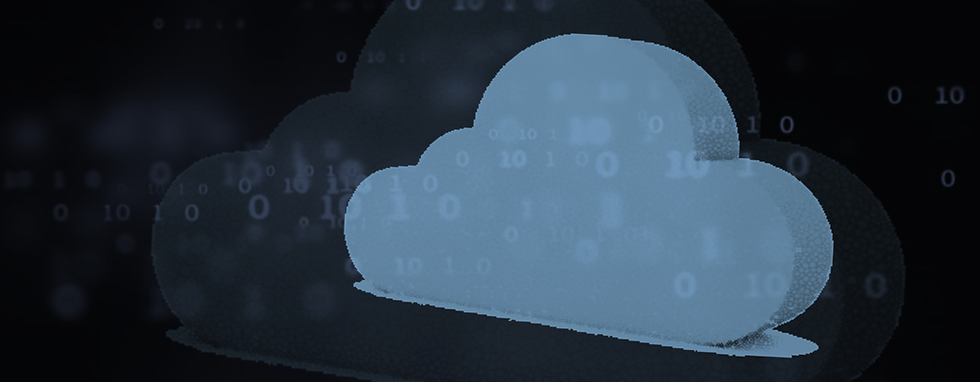Gartner Highlights 9 Principles to Improve Cloud Resilience
Partial Failures, Degradations of Service and Local Problems Are Typical

Infrastructure & operations (I&O) leaders must deploy 9 principles to maximize the resilience of cloud environments, according to Gartner, Inc.
“The cloud is not magically resilient and software bugs, not physical failures, cause almost all cloud outages,” said Chris Saunderson, Sr Director Analyst at Gartner. “In the cloud, outages almost never involve the entire cloud provider, nor are service outages likely to be total. Instead, partial failures, degradations of service, individual service problems or local problems are typical.”
Gartner analysts are discussing how to embrace and limit the impact of cloud provider failures at the Gartner IT Infrastructure, Operations & Cloud Strategies Conference held on November 21.
The I&O team needs to understand the characteristics and common causes of cloud outages. They include that most failures are partial, they tend to be intermittent or involve performance degradation where they are less immediately noticeable, and resilience differences exist between the services cloud providers offer.
“Resilience is not a binary state,” said Saunderson “No one can claim absolute resilience — not you, and not any cloud provider. Clouds should be as or even more resilient than on-premises infrastructure, but only if the I&O team uses them in a resilient manner.”
Gartner analysts recommend I&O leaders focus on 9 key principles to improve cloud resilience (see Figure 1).
Figure 1. 9 Principles to Improve Resilience of Cloud Applications

Source: Gartner (November 2023)
1. Business Alignment: Align resilience requirements to business needs. Without this alignment on requirements, teams will fall short of resilience expectations or will overspend.
2. Risk-Based Approach: Take a risk-based approach to resiliency planning that extends beyond catastrophic events. Put more emphasis on the more common failures that organizations have greater control to mitigate.
3. Dependency Mapping: Build dependency graphs that map all middleware components, databases, cloud services and integration points so they can be architected and configured for resilience and included in both reliability and disaster recovery (DR) planning.
4. Continuous Availability: The continuous-availability approach focuses on keeping applications, services and data available at all times and service levels with no downtime and limited impact during a failure event.
5. Resilient-By-Design: The application itself should be resilient by design. Infrastructure resilience alone is insufficient to deliver the zero-downtime services that end users expect.
6. DR Automation: Implementing fully (or near fully) automated disaster recovery (DR) — either through the organization’s own tools or through third-party cloud-native DR tools — provides the foundation needed to meet aggressive recovery time objectives (RTOs) and allows DR to be routinely tested.
7. Resilience Standards: Adopt resilience standards beyond architecture and DR. Resilient systems require teams to focus on quality, automation and continuous improvement, and infuse quality throughout the life cycle of an application.
8. Favour Cloud-Native Solutions: Cloud providers have a significant range of solutions that can be used to improve resilience. Where viable, I&O leaders should take advantage of these solutions rather than trying to invent their own alternatives and adding even more complexity.
9. Business Functions Focus: Rather than restricting thinking to only “failing over” like-for-like, explore alternatives, such as lightweight IT alternatives or lightweight application substitutions that provide the bare minimum business-critical functionality required.




































Comments